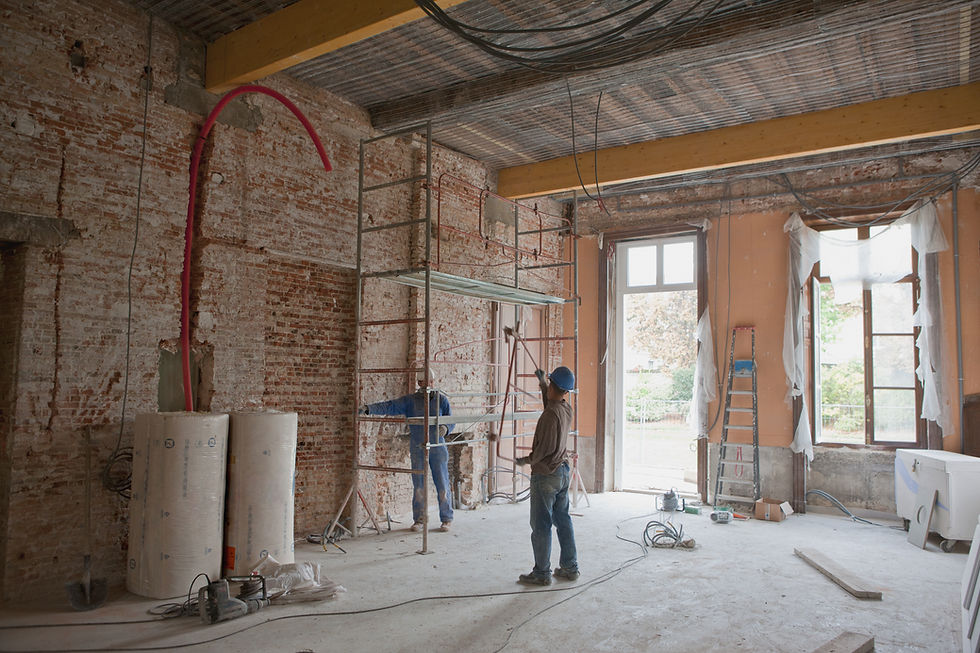Fixed Asset for Charities: Understanding the Criteria for Building Projects
- Tim Wyatt

- Apr 26, 2023
- 2 min read

Capitalization is an important concept in accounting and finance. It refers to the recognition of certain costs as assets on the balance sheet, rather than as expenses in the income statement. For charities, capitalization (adding an asset to the balance sheet) is governed by FRS102 and the Charities SORP. In this blog, we will explore the criteria for expenditure being capitalized under FRS102 and the charities SORP.
Criteria for assessing when some expenditure should be capitalized under FRS102 FRS102 states that an item of expenditure should be capitalized if it meets the following criteria:
It is probable that future economic benefits associated with the item will flow to the charity.
The cost of the item can be reliably measured.
2. Key considerations when distinguishing between building repairs, professional fees, legal costs, and capitalized expenditure One of the key challenges for charities is distinguishing between expenditure that should be capitalized and expenditure that should be expensed. When it comes to building projects, it can be difficult to determine which costs should be capitalized and which costs should be expensed. Some key considerations include:
Repairs vs. improvements: Repairs are expenses that maintain the existing condition of a building. Improvements are expenses that increase the value or useful life of a building. Improvements can be capitalized, while repairs should be expensed.
Professional fees: Professional fees related to building projects, such as architectural or engineering fees, can be capitalized if they are directly related to the project and can be reliably measured.
Legal costs: Legal costs related to building projects, such as planning permission or lease negotiations, can be capitalized if they meet the criteria for capitalization and can be reliably measured.
3. Specific examples of building projects that can be capitalized and the criteria to consider FRS102 provides guidance on when building projects can be capitalized. Some specific examples of building projects that can be capitalized include:
Building extensions or renovations that increase the value or useful life of the building.
Significant upgrades to building systems, such as electrical or plumbing systems.
Landscaping or site preparation that enhances the value of the building.
When assessing whether these costs should be capitalized, charities should consider the following criteria:
The extent to which the expenditure enhances the value or useful life of the building.
Whether the expenditure is directly attributable to the building project.
Whether the cost can be reliably measured.
4. Specific considerations for Churches with consecrated buildings under S10(2)(a) and (c) of the Charities Act 2011 Charities that own consecrated buildings, such as churches, must also consider the requirements of S10(2)(a) and (c) of the Charities Act 2011. This legislation specifically outlines that Consecrated and beneficed properties are excluded from the financial statements.
In conclusion, capitalization is an important concept for charities to understand. FRS102 and the Charities SORP provide guidance on when expenditure should be capitalized, but it can still be challenging to distinguish between capital expenditure and expenses. Charities should carefully consider the criteria for capitalization and obtain any necessary approvals before proceeding with building projects, particularly in the case of consecrated buildings.







Comments